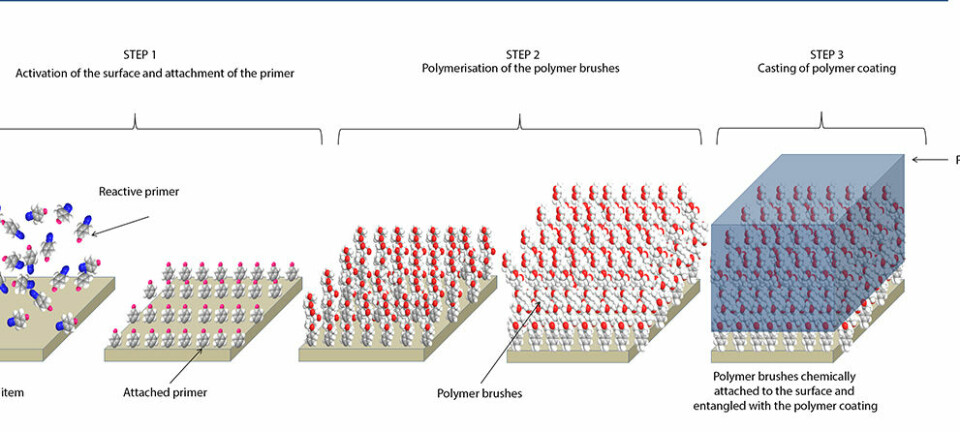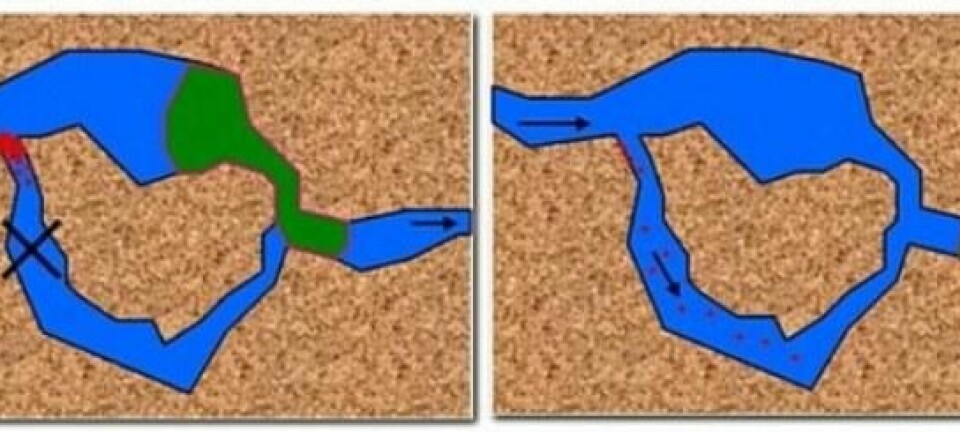
Carbon may replace metal in mobile phones
A new technique gives scientists greater control in the production of carbon nanotubes. This may solve the problem of finding enough rare metals to produce electricity in the future.
Carbon nanotubes have a bright future in electronics. They have the potential at some point to replace many of the parts used in today’s mobile phones and computers, which are made from rare metals.
In order for the carbon nanotubes to create the big breakthrough, however, scientists must learn how to control the production of the tubes.
”Together with our international colleagues we have developed a method that allows us to control how the individual nanotubes ‘roll up’ and this opens up for a uniform production. This is the first step towards the ultimate goal of replacing metals and semiconductors in electronics with carbon-based components,” says one of the researchers behind the study, Professor Jakob B. Wagner, of DTU Cen, the Centre for Electron Nanoscopy at the Technical University of Denmark.
Carbon to replace rare metals
Semiconductors such as indium, arsenic and gallium are crucial in the production of all the electronic circuit parts found in today’s PCs and smartphones.
Together with our international colleagues we have developed a method that allows us to control how the individual nanotubes ‘roll up’ and this opens up for a uniform production. This is the first step towards the ultimate goal of replacing metals and semiconductors in electronics with carbon-based components.
Unfortunately, however, these semiconductors belong to a series of elements that are relatively rare and therefore also expensive.
This means that the electronics industry is very keen to find alternatives to these rare elements before we run out of them, or before it becomes too expensive to extract them.
In this context, carbon nanotubes are more than averagely interesting. They can have properties of both a metal and a semiconductor, independently of the way they are rolled – and these are just the properties that are used in electronics.
“Add to that the fact that the nanotubes are made of carbon, which is plentiful in Nature,” says Wagner.
Straight tubes have metal properties
Simply stated, a carbon nanotube is a rolled-up lattice, which looks like a chicken wire.
Imagine a square piece of chicken wire with all the small hexagons that make up the lattice. That’s what the carbon lattice looks like.
The carbon nanotube can then be rolled up in a wide variety of ways.
“The nanotube’s properties depend on the way they are rolled up. There are many ways in which to assemble the ‘chicken wire’, and each combination gives the nanotube a certain property,” explains the professor.
However, scientists have yet to manage to produce carbon nanotubes with a predetermined method of rolling up.
The carbon nanotubes tend to end up in a labyrinth of different patterns that give different properties.
Large-scale production is possible
With the new technique, the researchers can now control the rolling of the carbon nanotubes, so that they all end up with semiconductor properties.
This is a crucial step towards making carbon nanotubes industrially attractive.
”Previous attempts to produce carbon nanotubes required that the various nanotubes were separated from one another after production,” he says.
“This is a very expensive process. It requires many resources and is therefore not very attractive. What’s new about our technique is that we can produce uniform carbon nanotubes from the very start. In addition, we can now, for the first time, do this on a large scale, which makes it practical. The next step involves developing similar methods for creating other types of carbon nanotubes with other properties.”
Wagner adds that scientists are already experimenting with carbon nanotubes in the electronics industry, but that it will probably take 5-10 years before we start seeing some real results.
-------------------------
Read the Danish version of this article at videnskab.dk









